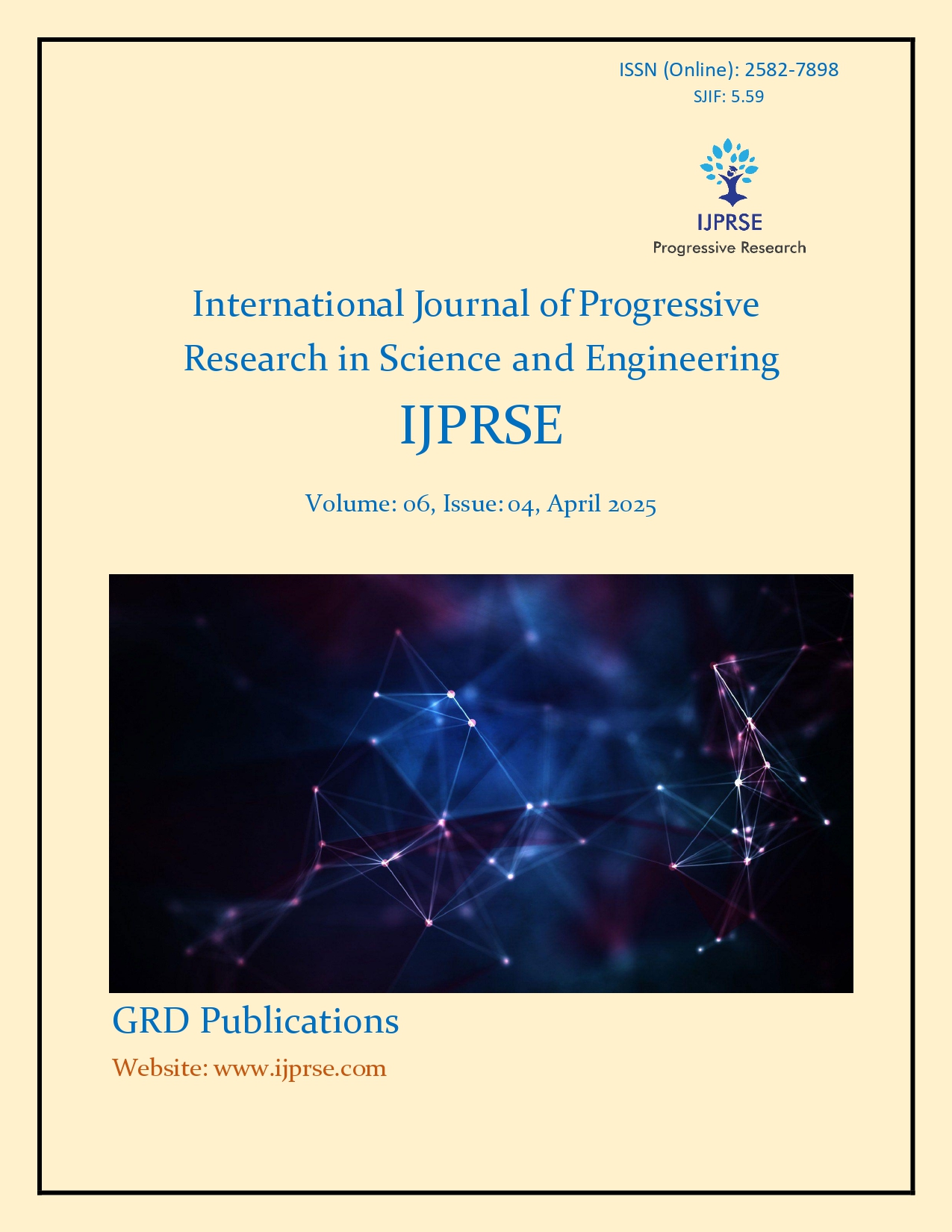Comparative Study Between Nanofluid and Distilled Water as Coolants in Central Processing Unit (CPU) of Computers
Keywords:
central processing unit, convective heat transfer, heat transfer coefficient, nanofluid.Abstract
The growth of supercomputers is on the rise to meet the challenges of the digital world of technology. Computers are being used to solve long manual processes into quicker processes in a period effectively and efficiently. Due to the multiple work processes of computers, the central processing unit (CPU) is being overworked causing its temperature to increase rapidly. The fan goes overdrive to stabilize the set temperature of the CPU. Different research is being explored to develop new methods for cooling a computer CPU. This paper uses a comparative study, comparing the heat transfer performance of aluminum oxide nanofluids against the water alone. It was found that the heat transfer coefficient of the aluminum oxide increases from 79972.43 to 88782.86 W/m2 - K as the weight ratio decreases from 1:1/10 to 1:1/50. The results were evaluated and found that aluminum oxide nanofluid manifests greater performance than distilled water in terms of absorbing heat from the central processing unit.
Downloads
Downloads
Published
How to Cite
Issue
Section
License
Copyright (c) 2025 Mary B. Pasion, Shane Kyle A. Magtalas, Simpher R. Guyong, John Rexel S. Caro, Roma R. Ramel

This work is licensed under a Creative Commons Attribution-NonCommercial 4.0 International License.


